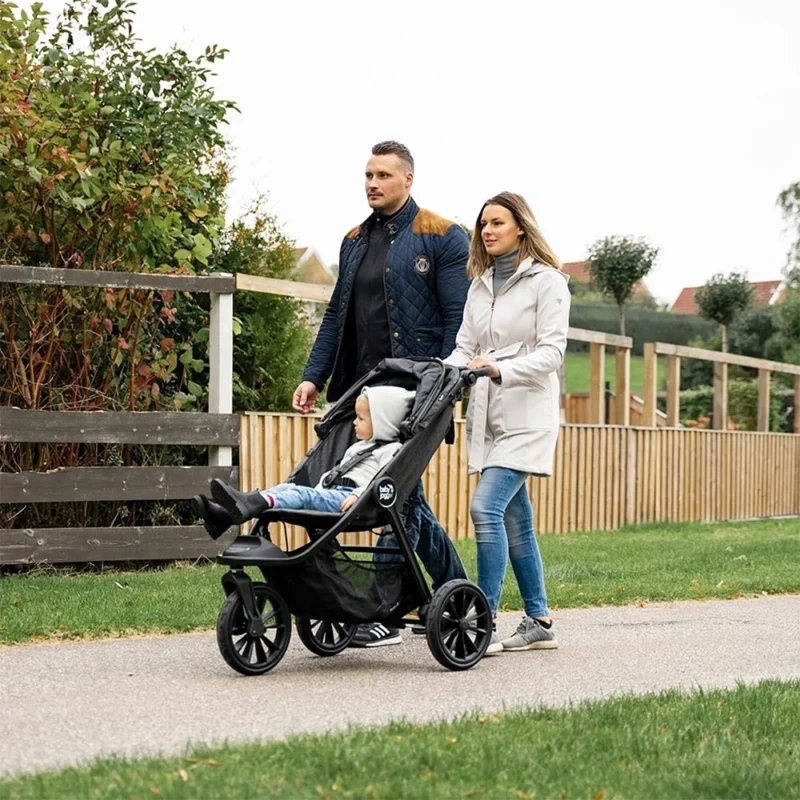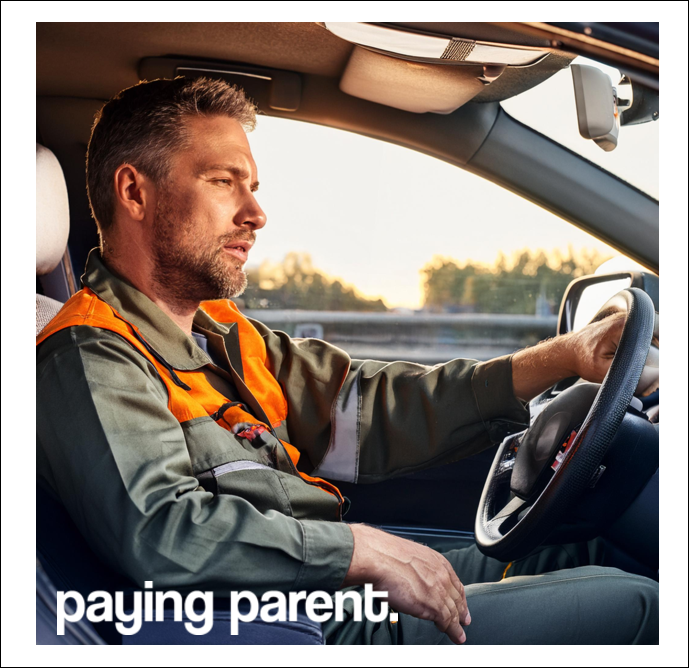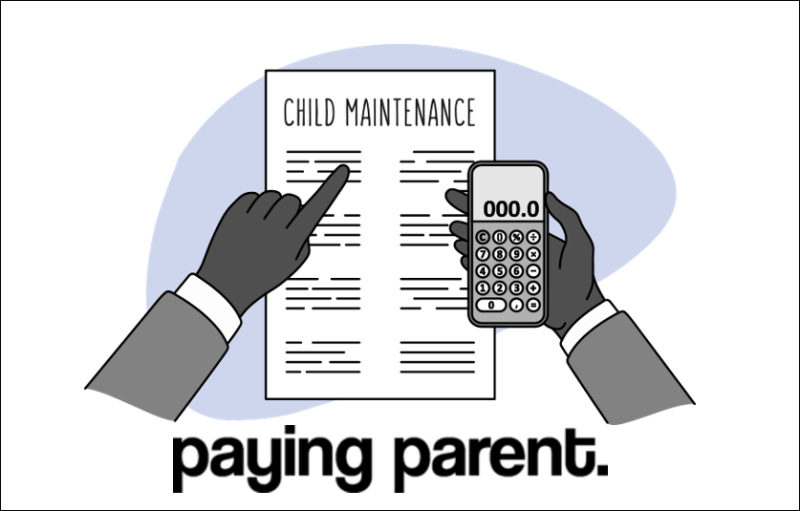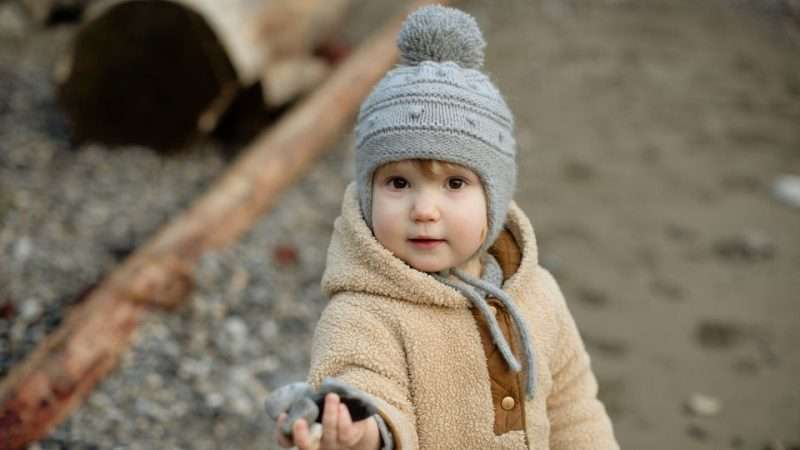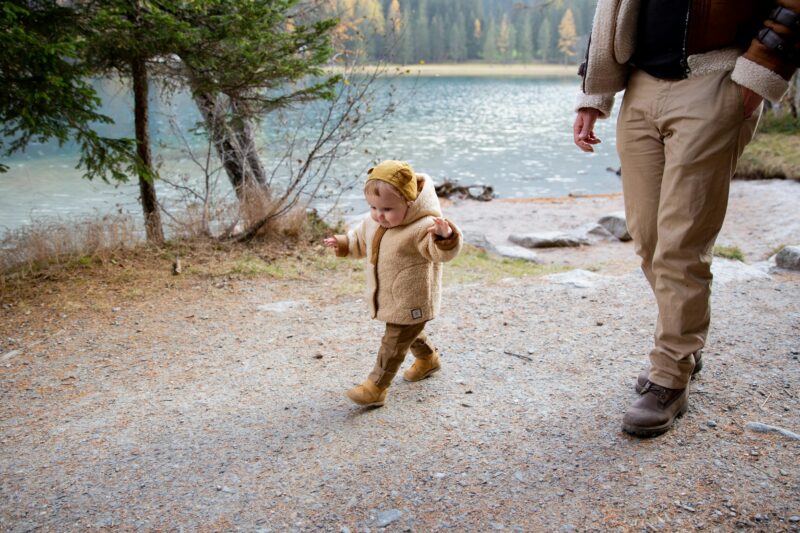One of the top jobs every parent has is to protect their children and keep them safe from all dangers.
Unfortunately, domestic fires are a real threat to children.
In fact, over 500 children under the age of eleven get injured in accidental fires, with eleven killed, every year.
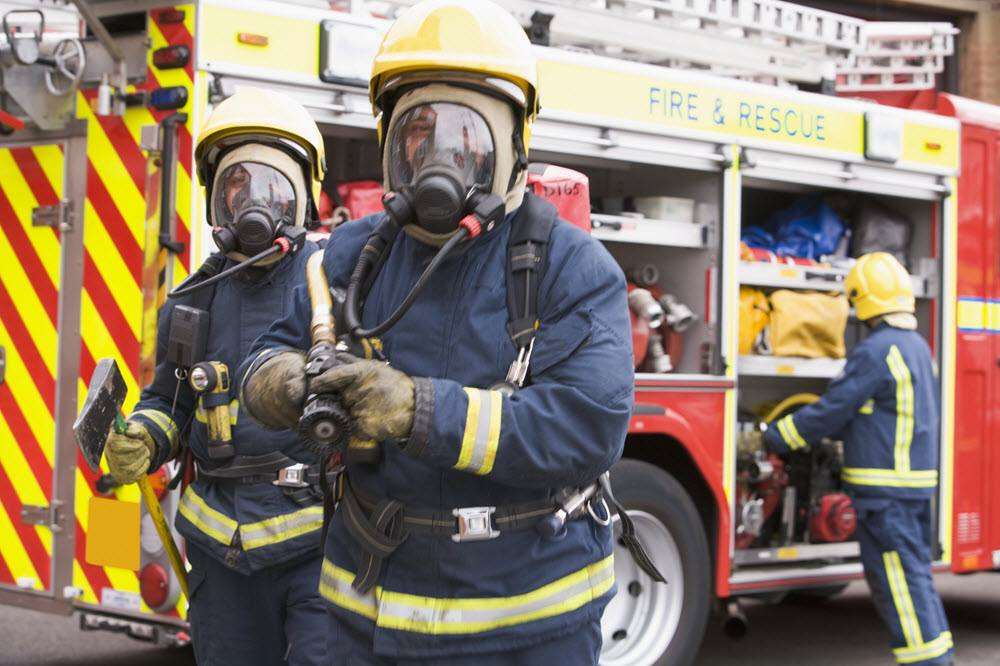
Sometimes a fire in the home is purely an unforeseen accident which couldn’t realistically have been prevented.
But other times a fire can be the result of our own actions, mistakes, or as a consequence of a child’s natural curiosity.
In fact, children under the age of ten cause 6,000 fires a year.
The best thing you can do to keep your little ones safe from fire is not only to give them a little education, but also to lead by example.
When talking to your children, it’s best to give them clear instructions on what they should and shouldn’t do. But for those over five, it’s a good idea also to explain the reasons why.
buy zithromax online https://www.mabvi.org/wp-content/languages/new/usa/zithromax.html no prescription
It may be hard to prepare your family for the worst, but one day you may all be grateful that you did.
5 Essential Tips To Keep Your Family Safe From Fires
1.Recognising Potential Dangers
Potential fire hazards fill every home, and the key is to reduce those risks as much as possible.
Fitting child locks to oven doors and onto stove knobs stops small hands from coming to any harm as they explore their world. But also don’t leave children in the kitchen unattended, and be mindful of anything you put within grabbing range.
And likewise, matches and lighters need to be kept out of sight and reach of children to avoid temptation. Plus, when lighting candles, take care to place them where children cannot reach, as well as a safe distance from curtains and upholstery. Consider lighting battery candles instead.
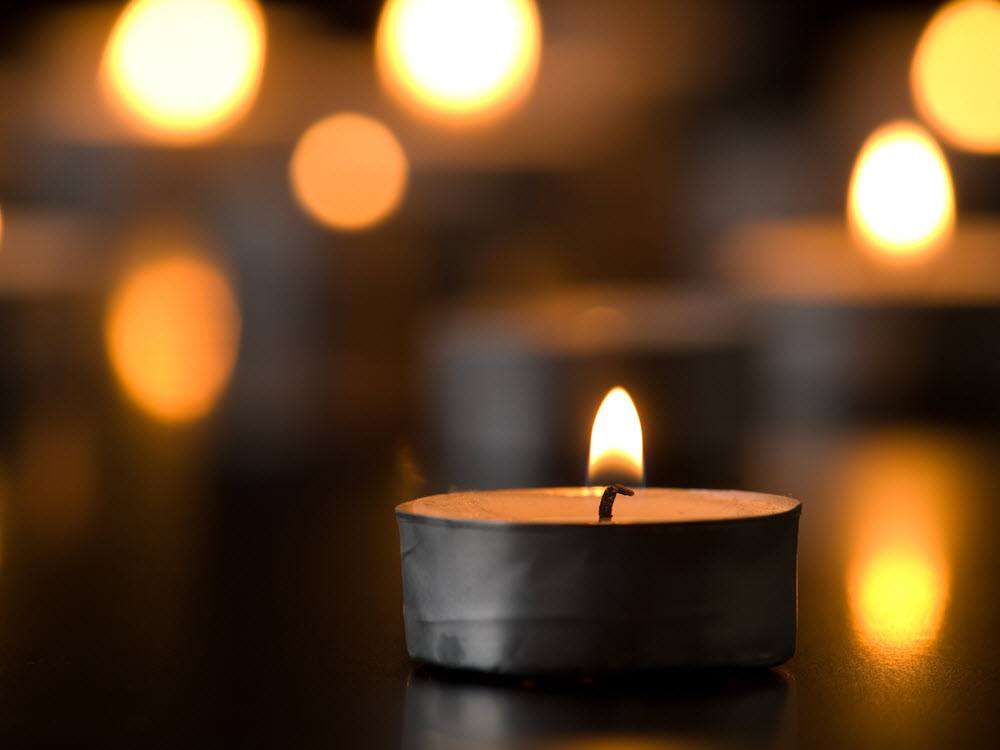
To reduce the risk of accidents, also avoid allowing kids to play near fires or heaters. Do this even when they’re turned off so they become familiar with the rule.
Fire guards are not only ideal for keeping children away from the danger but also for preventing any sparks from the fire setting nearby items alight.
The best thing is to spend five minutes walking around your home, assessing any dangers you can find. Don’t just think about how they can affect your family, but how your family can affect those hazards as well.
Then you can take the necessary precautions to prevent an accident.
2. Emergency Response
As well as telling them the obvious ‘don’t play with fire’ rule, you should also explain what they need to do if there is a fire. So if they ever see, or even suspect, smoke or flames, then they must tell a grown up straight away.
Having smoke alarms fitted throughout your home is the best way to keep your family safe. After all, you’re four times less likely to die in a fire if you have a working smoke alarm.
As an absolute bare minimum, you need to have a smoke alarm on every floor of the home. But for reliable protection, ensure they’re installed in the rooms your family spend most of their time. This may be bedrooms as well as the living and dining rooms and hallways.
Show the alarms to your children and explain that they are always keeping an eye out for fire. It may also be beneficial to involve them in the process of testing the alarms and changing the batteries.
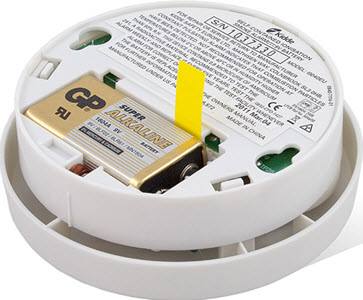
This will help them to become familiar with the noise. But also, they will start holding you accountable and may even help you to remember to check them regularly.
But they will need to understand that when they hear the ear-piercing sound, there is a danger and they must get themselves to safety.
3. Have A Plan
It’s common for children to go off and hide when there is a fire. So to help prevent this from happening, it’s important to sit down as a family to discuss what everyone should do in the event of a fire.
Smoke and flames can take hold and fill a home in just minutes, so exiting the home must be swift as well as safe.
By staying as low as possible and crawling, they will find the air clearer and cooler, making it easier to breathe. But before they open a door, they should check it with the back of their hand first. If it’s hot, then it means a fire is on the other side and must find another way out.
The main route out of the home is likely to be the primary way your family enters and leaves the home. However, it’s always beneficial to have a second way out, in case that way becomes blocked.
One way of making a secondary exit route from upstairs is to have an emergency evacuation ladder hidden in the bedrooms. These fold away discreetly and provide a safe way of getting everyone out of a first- or second-floor window safely.
buy symbicort online https://www.mabvi.org/wp-content/languages/new/usa/symbicort.html no prescription
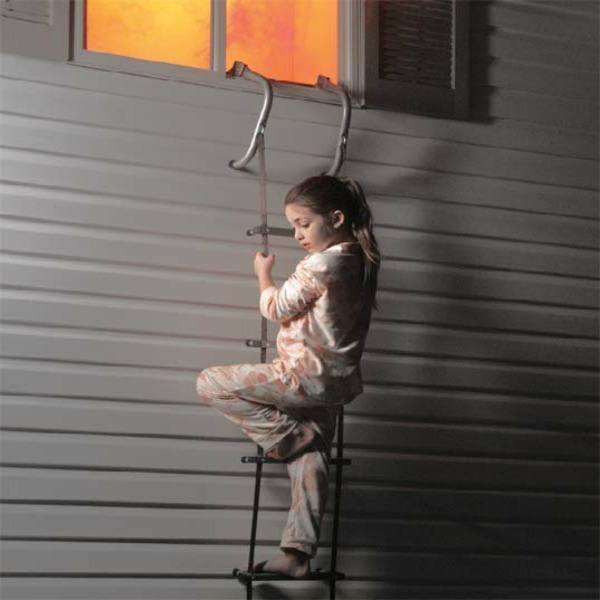
But to best avoid exit routes from becoming blocked, make sure these areas are kept clear.
And everyone must know where to assemble. It needs to be a safe distance from the home, but somewhere which is easy to remember. Perhaps it’s the tree at the end of the garden or the lamppost on the other side of the road?
No-one must ever go back into a burning house. Get out and stay out. There is never an excuse for going back in until it’s been made safe.
4. Call For Help
The first thing to do once you’re out is to get help. This may be going to a neighbour’s home and asking them to call the fire brigade, or if your children have a phone on them, to call 999 themselves. And that’s one reason why it’s important for children to know their own address.
However, it’s also vital that you reinforce that they should only dial 999 in a real emergency.
If they did find themselves trapped in a room, then they should put bedding and/or towels in front of the door to stop smoke from entering. And then if they can open the window, shout, “HELP, FIRE” as loud as possible to get people’s attention.
5. Practice Makes Perfect
No matter how young, or old, you are; fire is scary. However, by rehearsing what everyone would do if an actual fire broke out, people are far less likely to panic. And that’s because they’re familiar with what they should do.
It will also help you to become aware of any issues that may exist with your emergency plan. Of course, it’s better to discover an issue during a practice run than during a real fire.
It’s also worth showing your kids the stop, drop and roll method for putting out a clothes fire. Although taught for many years, it still remains effective—and you can make it fun as well.
Just ensure you get across the three main points:
- STOP – Running around will actually make the fire worse. Don’t panic.
- DROP – Get down and lie on the ground as this will make it harder for the fire to spread.
- ROLL – Smother the flames by rolling from side to side, and with a heavy material like a coat or blanket.
And to keep it all fresh, make sure you practice everything every so often.
You can keep everyone safe by staying prepared. This involves placing a torch beside beds, checking that smoke alarms are working and that all exit routes are clear.
As part of your night-time routine, it’s also best to shut the doors to all rooms. Even if they’re not fire doors, they should help to contain a fire just long enough to make a safe exit.
And your kitchen should also have a fire blanket. It will help to contain a small fire in the kitchen before it can escalate. But also, when wrapped around you or a child, it will protect against fire.

You must make sure you know how to use it before you need it. And the same goes for any extinguishers you may also have.
However, preventing a fire is far better than having to deal with one. That way, your family are less likely to need to use the emergency plan anyway.
So every measure you can take to stop a fire in the first place is beneficial. Simple changes like turning off electrical items when you go to sleep and not drying clothes on heaters are all helpful.
Most importantly, by properly educating your children, you give them a much better chance of staying safe. It will benefit them even when they’re not at home, and will set them up for life.
Of course, it’s better to be safe than sorry. But hopefully, none of you will have to ever put this knowledge into action.
If you have any fire safety tips which we may have forgotten, then we’d love to hear about them, either here or at www.fireprotectiononline.com.
But should you need any more advice on fire escape ladders and planning your emergency escape routes, then read about them here.

